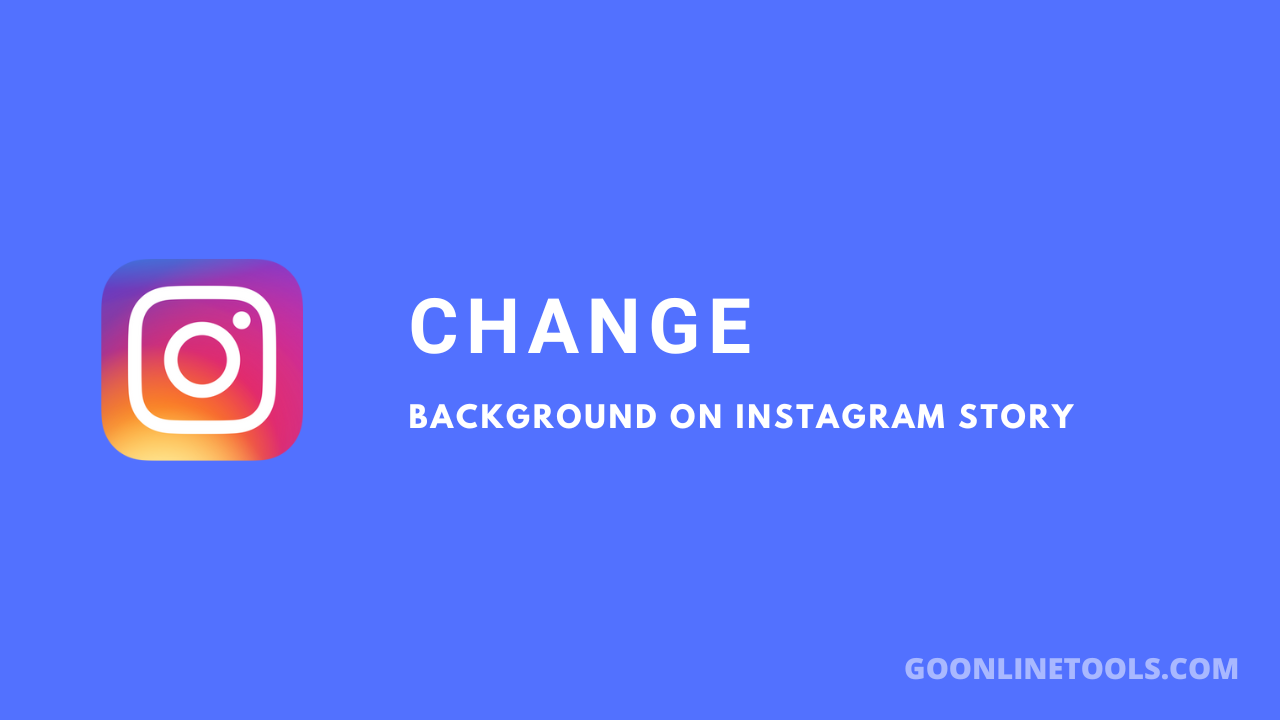
Featured image for "Salesforce Agentforce: The AI-Powered Future of Sales, Marketing, and Service "
Ask most department heads about their team’s tech stack, and you’ll hear them sigh. It’s not that the tech today isn’t useful – it’s that there’s so much to navigate. Sales is toggling between CRMs and prospecting tools. Support agents bounce from tickets to spreadsheets to Slack. Marketers have endless browser tabs and systems running at once.
It’s all more complicated and expensive than people realize. According to a report by Qatalog and Cornell University, employees lose up to 59 minutes a day simply navigating between apps and tools, costing companies nearly $7,000 per employee per year in lost productivity. When companies try to boost efficiency by adding AI into the mix, they can’t just bolt intelligence onto confusion.
This is what makes Salesforce Agentforce different. It’s not just adding AI to workflows, it’s using AI to connect the dots. Autonomous agents that actually do the work across ecosystems, and bridge common gaps. So, what is Salesforce Agentforce, and what can it do for your business?
What is Agentforce by Salesforce?
Salesforce has been gradually transforming from a traditional CRM provider into something much more dynamic: a platform that embeds intelligence into every corner of the customer journey. Agentforce is the natural outcome of that evolution.
It’s an AI-first platform giving businesses tools for deploying intelligent, autonomous agents inside Salesforce tools. These agents automate tasks, resolve issues, and handle conversations, all while aligning with enterprise-grade data models and governance.
At its core, Agentforce is powered by Einstein 1, Salesforce’s flagship AI engine. But what makes it special isn’t the AI alone. It’s the structure around it. Agentforce inherits all of your existing Salesforce metadata, user permissions, and data relationships. That means you can drop AI agents directly into your workflows without reinventing your tech foundation.
Then there’s the Atlas Reasoning Engine – the component that gives each agent a kind of decision-making brain. Instead of following a rigid script, these agents analyze context, generate a goal-based plan, and take actions by calling on Flows, Apex code, or APIs.
They’re capable of learning from outcomes and iterating in real-time, using a blend of large language models and retrieval-augmented generation (RAG) backed by Salesforce’s Data Cloud.
Here’s a simple example. Imagine a support agent that receives a complaint via WhatsApp. Without human input, an Agentforce agent could identify the customer’s purchase history, detect whether a support case is already open, draft a personalized apology, and log all actions in the CRM.
Plus, it can still flag the issue to a human supervisor if it crosses a defined threshold (like a VIP client or refund over $1000).
How Does Salesforce Agentforce Work?
You don’t have to be a data scientist to build or deploy an agent with Salesforce. That’s one of the big shifts Agentforce introduces. The process starts with enabling Einstein, then visiting Agent Studio, a visual interface where users can choose from pre-built agents or create their own from scratch.
Each agent is composed of several core building blocks:
- Data Cloud: Harmonizes structured and unstructured data into a unified, real-time graph. It’s basically the central nervous system that fuels every agent with contextual understanding.
- Atlas Reasoning Engine: Enables goal-setting and dynamic planning. This engine evaluates outcomes and adapts actions based on what it learns.
- Einstein Trust Layer: Ensures safe and responsible AI usage by adding features like redaction, audit logs, toxicity checks, and policy controls.
- Digital Channels & APIs: Agents can operate across channels, Voice, email, Slack, WhatsApp, Web, or any integrated API endpoint.
- Agent Studio Tools: Includes testing environments, usage metrics, and behavior logs. Teams can experiment safely and optimize over time.
Configuring Agents with Topics and Actions
The configuration process relies on two key elements: Topics and Actions. Topics define what an agent is responsible for: summarizing a case, answering a billing question, reviewing contract renewals. Once the topic is selected, the user assigns Actions, which are modular skills. These include a few different options:
- Standard Actions: Preconfigured behaviors like fetching records, sending summaries, or updating fields.
- Flow Actions: Built from Salesforce Flows, letting agents execute business logic already embedded in your org.
- Apex Actions: Custom-coded behaviors for edge cases or advanced logic.
- API Actions: Outbound calls to external services, managed through MuleSoft or native API connectors.
Salesforce Agentforce implementation partners can usually provide clients with libraries of reusable actions. Those help accelerate agent creation and standardize best practices.
Bringing Agents to Life with Automation
So, what happens when your agent goes live?
Once deployed, the agent connects all these systems and workflows to act autonomously. It evaluates incoming data, formulates a plan, and acts across the Salesforce environment. If you define guardrails, such as requiring human sign-off on sensitive tasks, it honors those too.
Here’s a real-world use case: a Salesforce Agentforce implementation might be designed to manage B2B deal cycles. The agent monitors engagement from key accounts, sends personalized outreach based on CRM data, books meetings directly in rep calendars, and triggers follow-up flows after each interaction. With the right design, one agent can do the work of multiple admin tools and still respond in real time to new context.
Because Agentforce is part of the Salesforce platform, businesses also gain access to the Agentforce Partner Network: over 200 pre-integrated tools including Zoom, Google Workspace, DocuSign, and more. This means your agents don’t stop at Salesforce borders. They extend your operational reach across your entire digital ecosystem.
Agentforce AI: Pre-Built Agents and Custom Solutions
You don’t have to be an AI genius to benefit from Agentforce. One of its strongest features is the catalog of ready-to-deploy AI agents, designed for common workflows across sales, service, marketing, and internal operations.
Salesforce calls this ecosystem the AgentExchange: a growing marketplace of industry-specific solutions that can be deployed in minutes. These pre-built agents come with topics and actions already configured, so companies can hit the ground running. A few examples include:
- Service Agents: AI assistants that handle customer support across web chat, WhatsApp, Facebook Messenger, and voice. They’re preloaded with intent recognition, case management actions, and follow-up planning.
- SDR Agents: For sales development teams, these agents respond to product questions, draft personalized emails, qualify leads, and even book meetings. They support multilingual interactions and learns from prior sales data to improve accuracy.
- Sales Coach: Unlike traditional playbooks, this agent runs live simulations based on real deal history. It scores reps against win-loss patterns and provides in-the-moment coaching for stronger closing strategies.
- Campaign Agent: Designed for marketing teams, this one automates the process of writing campaign briefs, building journey flows, and analyzing performance. If a campaign underperforms, the agent can recommend or trigger a pause.
- Employee Agents: These internal-facing bots handle task management, HR queries, and calendar coordination. They’re designed to reduce internal email load and improve workplace efficiency.
Building Custom Agents with Agentforce
Prebuilt agents are great for companies that want fast time to value or have limited technical bandwidth. But Salesforce also knows that no two businesses run the same. That’s why Agentforce includes a low-code Agent Builder and a full developer toolkit for custom agents.
Let’s say your business needs a unique quoting assistant that pulls pricing from three systems, checks against contract terms, and sends a branded proposal, that’s entirely possible with Agentforce. Using a mix of Flow actions, Apex logic, and external API integrations, teams can build agents from scratch. Or they can modify templates to fit highly specific use cases.
Salesforce also offers a Testing Center, usage explorer, and audit logs. This means developers and admins can experiment, monitor, and fine-tune agents without affecting production workflows.
The Business Benefits of Salesforce Agentforce
The most obvious question any business leader will ask is: What’s the actual impact? So let’s clarify. Agentforce delivers measurable value in three major areas: task automation, customer experience, and team productivity.
1. Automating the Routine
Admin work can quickly drag down team performance. According to a 2023 Asana report, knowledge workers spend 58% of their day on “work about work”, emails, updates, coordination, and searching for information. Agentforce directly addresses this by automating multistep workflows, especially the ones that span multiple systems.
A customer reports an issue via voice call. An agent transcribes the message, links it to their purchase history, escalates the issue based on priority rules, updates the ticket, and schedules a service appointment. No human needed. Bring that value to hundreds of interactions a day, and the time savings become substantial.
2. Improving Customer Experience
Customers want fast, frictionless support. They don’t care which system holds the answer, they just want accurate information, now. Agentforce agents tap into the Data Cloud to deliver personalized, channel-agnostic responses in real time.
Look at AAA of Washington, who built an AI agent that updates customers on roadside assistance ETA, suggests related services, and even triggers upsell prompts. Support resolution times dropped and customer loyalty rates soared.
3. Boosting Team Productivity
Behind every great experience is a team that doesn’t feel burned out. Agentforce gives sales reps, service agents, and marketers smarter tools to get more done, without adding more platforms to learn.
The publisher, Wiley, for example, implemented multiple Agentforce agents to support their service operations. The results? A 40% increase in operational efficiency and a 213% return on investment for their Salesforce Service Cloud deployment. Sales reps benefit too. AI assistants surface key account data before meetings, suggest talking points based on deal stage, and even summarize calls.
Scaling with Salesforce and Agentforce
Automation doesn’t sit still. As your business evolves, the agents you deploy through Agentforce can grow right alongside it. You can tweak their roles, adjust how they respond to different scenarios, or teach them entirely new tasks as priorities shift. It’s a system built to flex, whether that means handling more complexity or managing higher volumes.
And there’s structure behind the flexibility. Agentforce includes smart safeguards, so things don’t go off track. You can set up rules for when an agent needs to hand something over to a human, define approval limits, and monitor activity through detailed logs. That kind of visibility helps teams feel confident as they hand off more responsibility to AI.
When used intentionally, Agentforce can make a real difference in how teams work. It frees up hours that used to disappear into repetitive tasks. It helps customers get quicker answers. And maybe most importantly, it starts tying all those disconnected systems together, so your team isn’t constantly playing tech interpreter.
You don’t need a massive rollout to get started, either. A single support agent answering FAQs or a marketing assistant sending campaign follow-ups can create momentum right away. From there, the agents keep improving, learning more, connecting more dots, and helping your business move faster without adding more pressure on your people.
The Editorial Team at GoOnlineTools.com specializes in delivering cutting-edge information on technology.
View all articles




